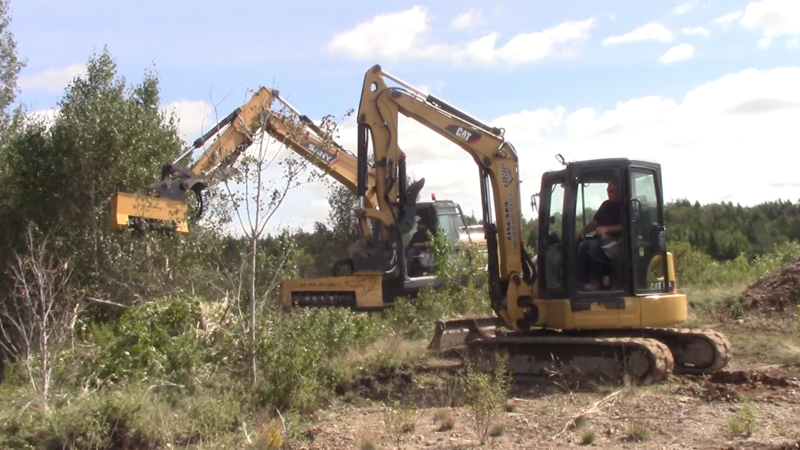
Modern large breweries have been using centrifuges for years. However, until recently, the expense has kept it out of the hands of many craft brewing businesses. They simply found filters to be more affordable. Yet, with the changes in technology, craft brewers are finding a beer centrifuge to be within reach. They are now discovering the advantages of what such a device can bring to their production facilities.
Beer Centrifuges: Advantages
After fermentation, beer enters a centrifuge. This spins the fluid in circles, sending the various solids in the mixture over to the sides. The beer remains in the middle of the centrifuge that then ejects all the sidelined solids, e.g. hops, yeast. The system then carries the beer off to its next stage. This method provides breweries of all sizes with several advantages.
Breweries are quick to learn a beer centrifuge offers certain advantages such as
- Producing more beer per tank versus the filter method
- Reducing both fermentation and maturation times
- Decreasing the amount of beer lost when compared to filtration systems
- Cropping non-flocculent yeast while retaining the desirable malt and hop flavor
- Reducing the amount of yeast quantity from green beer prior to secondary fermentation producing clarification and removing the specter of muddy brews
Such aspects are increasingly resulting in craft brewers installing beer centrifuges. The small footprint of such devices as well as its ability to produce a longer shelf life without negatively affecting the brew go a long way to gaining support from the brewery industry.
The Beer Centrifuge: Not Just for Large Breweries
The large brewery has been employing centrifuges in beer production for years. Today, improved technology is resulting in smaller and craft brewers discovering the value of using a beer centrifuge. The ability to improve quality and consistency in brew clarity, as well as the money it is able to save through improved productivity and less waste is enough to ensure more craft brewers adopt this system.



